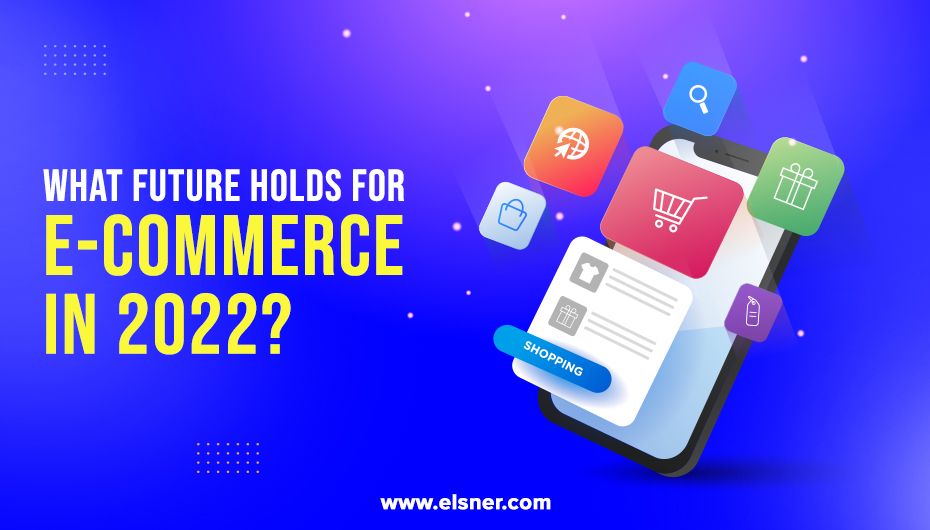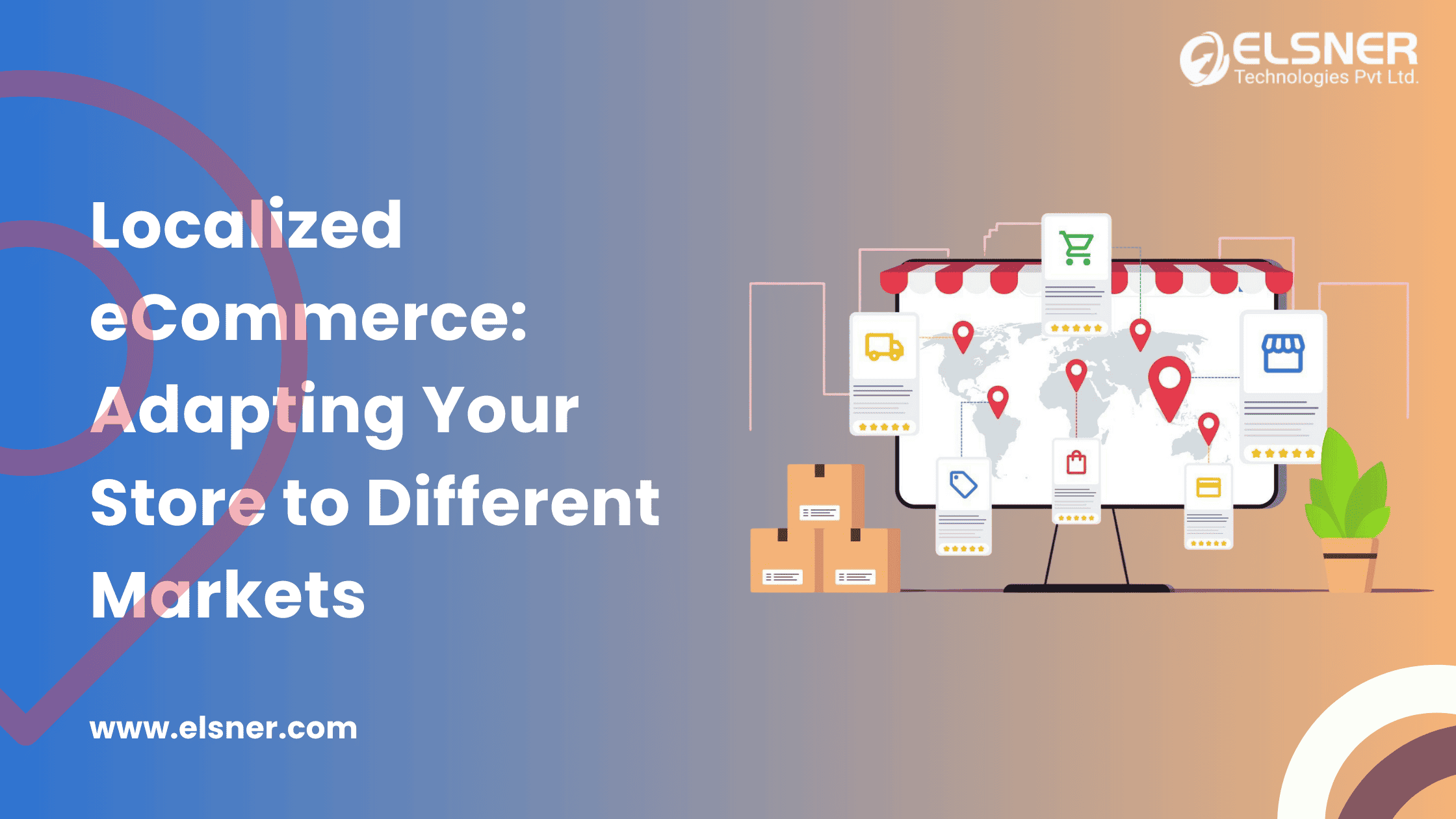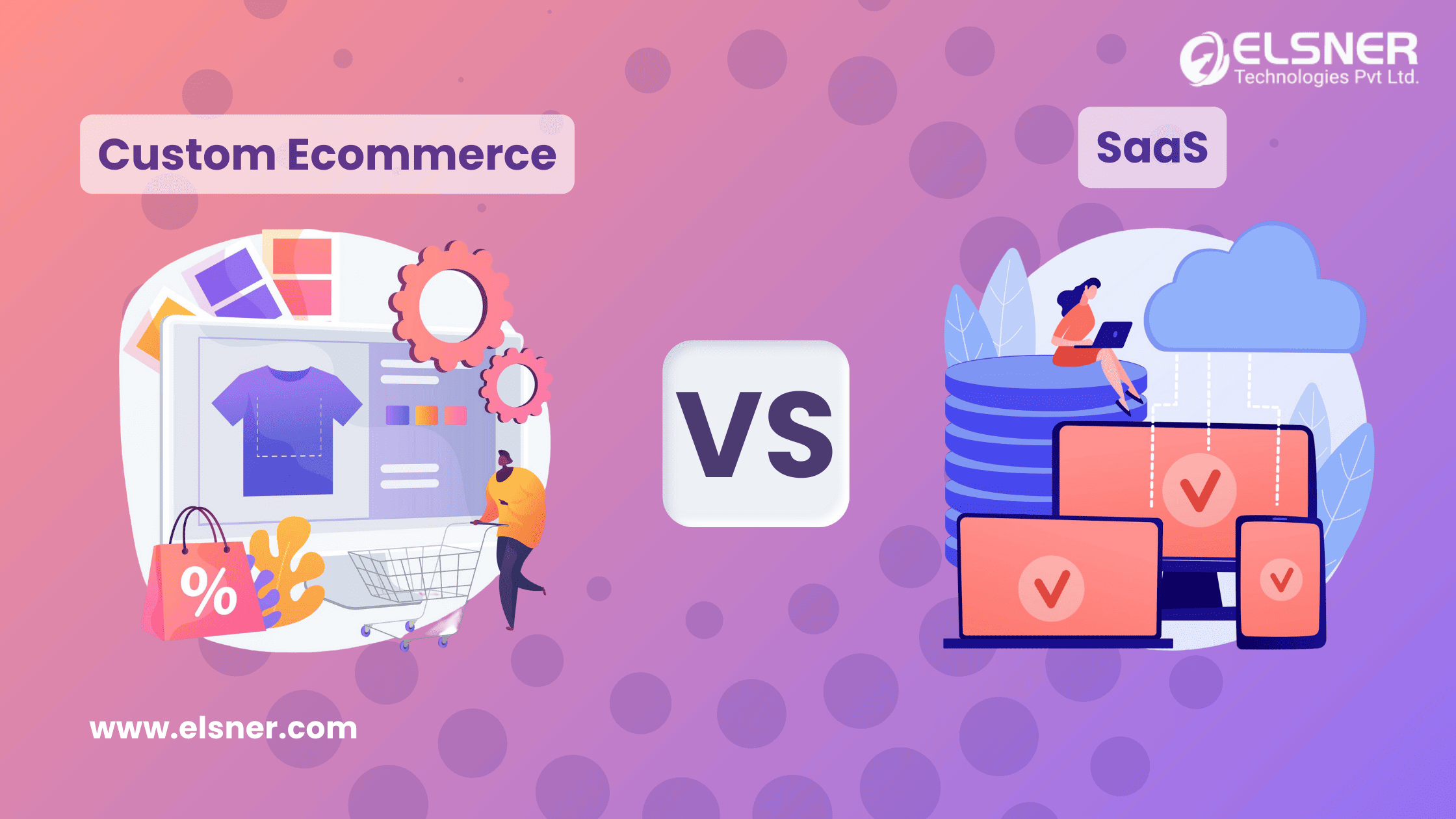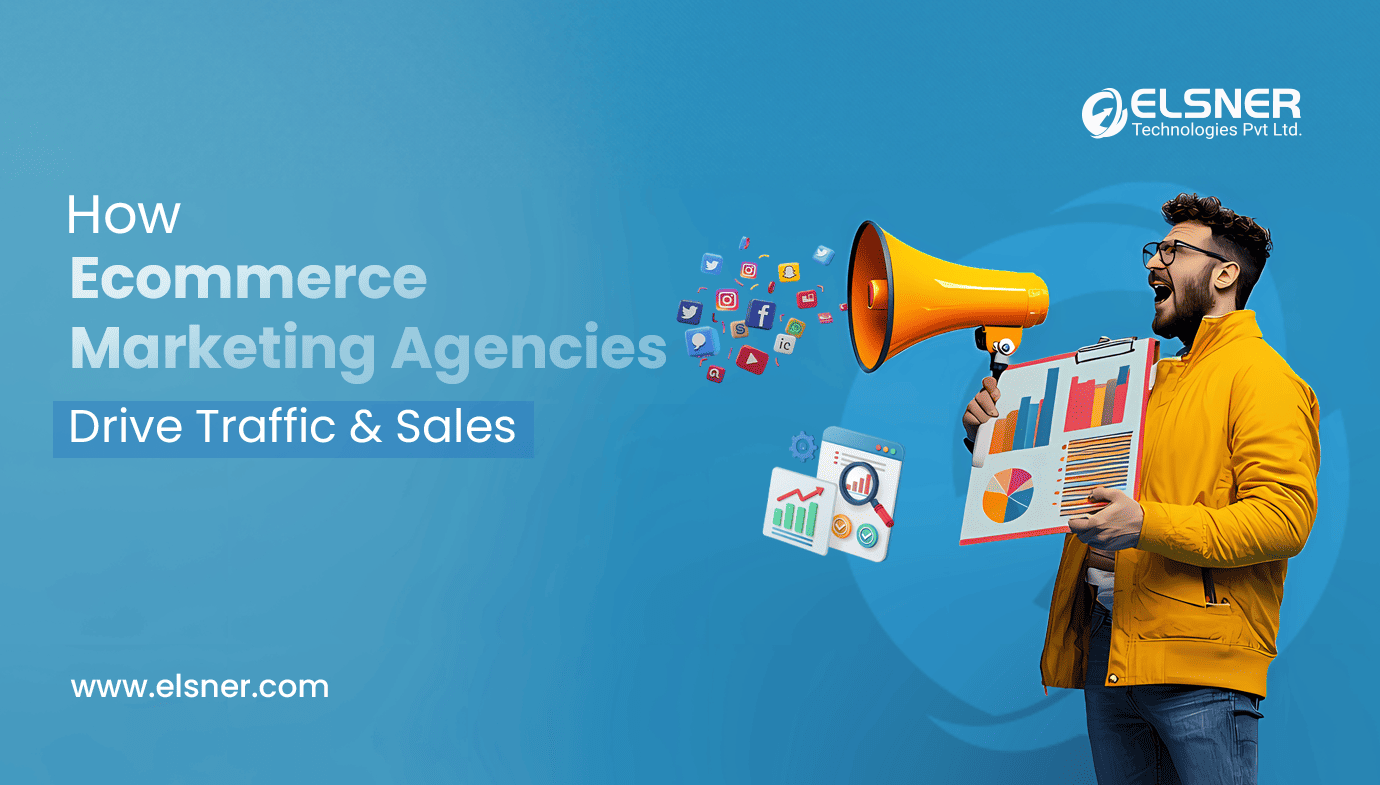The ecommerce trend is growing at high speed, so you do not want to be left out. There is always a space for growth when it comes to dealing with the e-commerce website. Many people struggle while choosing a platform for their e-commerce store to match the demands of e-commerce trends.
We know that your platform is the foundation for your business, and nothing should go wrong. And if you start with the wrong one, you might face huge losses, and it would be tough to improve your reputation in the digital world. Picuki tool website is also trending in 2022 Read a Complete guide about Picuki at NewsUpTimes.
What is a Platform?
It is a business model which creates value by bringing together products and customers. Platforms help to create communities and markets, which helps to buy products at their fingertips. The usage of digital and advanced technology has changed the way people do business. The latest
e-commerce trends have increased the opportunities for both sellers and buyers.
Online sales are replacing the sustainability of online stores. Brands have been striving to succeed with their first online stores, but sometimes results do not come as expected. One of the biggest mistakes is landing on the wrong ecommerce platforms.
To have a Winning Ecommerce Platform, you need to Rely on the Below Features:
- The platform should provide unified e-commerce, inventory, order management, customer service, accounting, finances, and more under a single hood.
- Should deliver consistent experiences, customer service, and targeted marketing. It must ensure smooth customer transactions and interactions.
- Help to build the most convenient method for customers to buy, return, and fulfill products. Your platform must have centralized order management to improve your revenue.
- Have a platform that helps to create a personalized, responsive, and friendly experience for the visitors.
- It must fully support the multiple business models, channels, currencies, brands, locations, and languages.
- Your platform must have PCI compliance and the best SSL certificate to ensure your data is safe to ensure site security.
What are the Ecommerce Trending Platforms Available in the Market?
You might have heard a lot of ecommerce stores that help to improve your store performance. One of them might be Salesforce store development which is one of the largest cloud platform providers globally. Their Customer Relationship Management and marketing automation are the ones people are chasing. It helps to follow the
ecommerce trends and meet customer expectations.
Let us look at some more such platforms that will help you through the journey:
1. Magento
It is one of the most chosen ecommerce platforms around the globe. Magento ecommerce development offers great customization, which supports MVC and OOP architecture. You might need some sharp technical skills to unlock great opportunities for your ecommerce store. Some outstanding advantages of using Magento are:
- The content and backend management interface ensure you get what you see. This means store owners can build and customize the online store based on the latest e-commerce trends.
- The user interface and shopping carts are designed with mobile-friendly configuration to make them responsive on various devices.
- It has great SEO efficiency, allowing you to match e-commerce trends’ demands and gain better rankings on search engines.
- It is highly spacious as it allows more than 500,000 products and can handle 80,000 orders every hour.
- Magento supports third-party module integrations for enhancing the functionality and features.
- Being an open-source platform, several custom extensions can be shared with other Magento users.
- Magento has various levels of security permissions, site security, and control internal access. While running behind the e-commerce trends, you need to ensure that your data is safe.
- It enables you to save money and time by managing numerous e-commerce stores with multiple currencies and languages.
2. Shopify
It is a popular ecommerce platform that helps to create online stores effortlessly. During the Shopify development, you can customize the template to meet the customer demands and recent
ecommerce trends. It is vital to have a design in your mind for your brand to maintain your uniqueness in this competitive world.
A few sales features of working with Shopify are:
- Sell digital and physical goods through your store
- It has a cart abandoned recovery to handle incomplete sales
- Shopify provides an online invoice generator to make billing and transactions easier
- It synchronizes perfectly with multiple sales platforms like Instagram, Facebook, and more.
- You get to select between more than 100 payment gateways
- Sell unlimited goods and services from a single platform
3. WordPress
It helps to build professional-looking, SEO-friendly, and adaptable websites. WordPress development services offers multiple functionalities and modification capabilities to customize the website to meet
e-commerce trends.
Some highlights which ensure that this platform is worthy are:
- The cost of building a website is very affordable. Multiple free and paid themes help to match the e-commerce trends and build a strong brand reputation.
- The WordPress dashboard is perfect for fresher and experienced users, which means easy to use. It helps to create posts, content, images, pages, and customized layout.
- With great flexibility, you can customize the theme at any stage during the designing phase. WordPress provides upgrades to extend the functionality of your website using various plugins to grow your business.
- Most of the organic traffic is achieved through organic SEO, which makes it a vital element. Search engines prefer clean and constant code as it is easier to index.
4. BigCommerce
It is an e-commerce solution for medium and small-scale businesses. You get to create an online store quickly to sell products, ship orders, manage stock, and customize your store. Some series of benefits you can have with BigCommerce are:
- Once you are done with BigCommerce development, it is time to have peace that it works properly and handles customer issues.
- More than 50% of online shoppers access your store through mobile devices. BigCommerce is fully adapted to mobile devices, which saves your time and effort.
- It is connected with Google’s products search engine that gives you the ability to gain more traffic directly.
5. OpenCart
This open-source online store management allows merchants to build multiple stores, manage various products, add unlimited products, and accept payments. This is popular for small-scale and medium-scale businesses. There are over 342,000 eCommerce websites that are empowered by OpenCart development around the globe, and they are following all the
e-commerce trends for a great customer experience.
It is open-source software that helps to add e-commerce functionalities to your existing platform. The admin dashboard makes it effortless to manage everything as it has a simple interface. There are more than 13,000 themes, extensions, and modules to help you enhance your store performance.
These are just a few of them you should give a try. Even the Ecommerce Shopware development provides a scalable, robust, and customizable e-commerce solution. It is designed with great technologies to meet marketing capabilities and e-commerce trends through unique features.
9+ eCommerce Trends you do not Want to Miss are:
1. There will be an increase in the usage of voice search. Its popularity is growing, which will influence the search results and shopping methods. It is the best time for e-commerce sellers to stay with
e-commerce trends to optimize their stores for future sales. Ensure your store is optimized for mobile voice search.
2. Artificial Intelligence and Machine learning are the shopping habits of the customers. It might be difficult for a single person to keep an eye on every action taken on the website. AI is up for the task. It works on a huge volume of data to assist you with upselling and cross-selling.
3. If you accept payments through check, credit, or debit card, then it is time to consider other options. Based on the e-commerce trends in the market, people prefer to use other payment methods with no extra fees. Build a plan for contactless and easy payments.
4. Customers are now more comfortable scrolling from the comfort of their couches. Provide support of Augmented Reality to provide better visualization of products. This E-commerce trend has changed the way people try clothing or other products.
5. E-commerce trends have seen intense growth during the period of 2020, which has brought new challenges for merchants. Around 75% of the consumers do not buy from the same online store again. Be more strategic to retain and engage more buyers by delivering a smooth buying journey.
6. Personalizing customer experience has become an integral part of e-commerce trends. Multiple channel selling brings a variety of opportunities to engage with the customers. This helps to gain loyalty and gain potential customers for your store.
7. People prefer brands that focus on green consumerism. So, it is crucial to focus on environmental sustainability and step up by following environment-friendly practices. This can be done by selling products from fair-trade organizations.
8. The main thing that has affected the e-commerce trend is Social Media online shopping. It is no longer a channel that helps connect people, and it is now a marketing tool that helps brands reach their target audience. This has led people to know the latest e-commerce trends and make their purchase decisions.
9. Highly optimized websites with the help of modern web technology to enhance your store performance. Testing helps the marketing team to continually stay with the e-commerce trends and optimize the website accordingly. Never underestimate the effect of font, color, size, page loading speed, and layout.
10. Customer service is a huge part of the e-commerce business. Managing customer queries and resolving them instantly build a positive word about your brand in the market. The best way is to collect feedbacks, add FAQs, provide product recommendations, and keep them updated with the latest deals.
11. Receiving the order and opening it is also a part of your service. Unboxing items have become popular content on social media platforms which is viewed by thousands of people. You need to take an extra step with this e-commerce trend and customize the packaging elements. This can play a crucial role in influencer marketing.
12. Videos are the most effective method to market your products and services in the digital world. So, focus on creating meaningful and high-quality videos for your products. This E-commerce trend will help enhance your brand visibility and user engagement, leading to better sales.
The Final Takeaway!
Collect data, evaluate and implement strategies! Meeting
e-commerce trends is never an easy task. We have just listed some of them. While the digital world is a forever-changing thing, which means it will have new demands within seconds. So always fine-tune your strategies as per customer behavior and interests for better results.
Are you feeling short of breath from such challenges and complex procedures? Well, take a deep breath. Our experts are here! They have a keen eye on the target to ensure your store stays updated with all the e-commerce trends in the industry.




